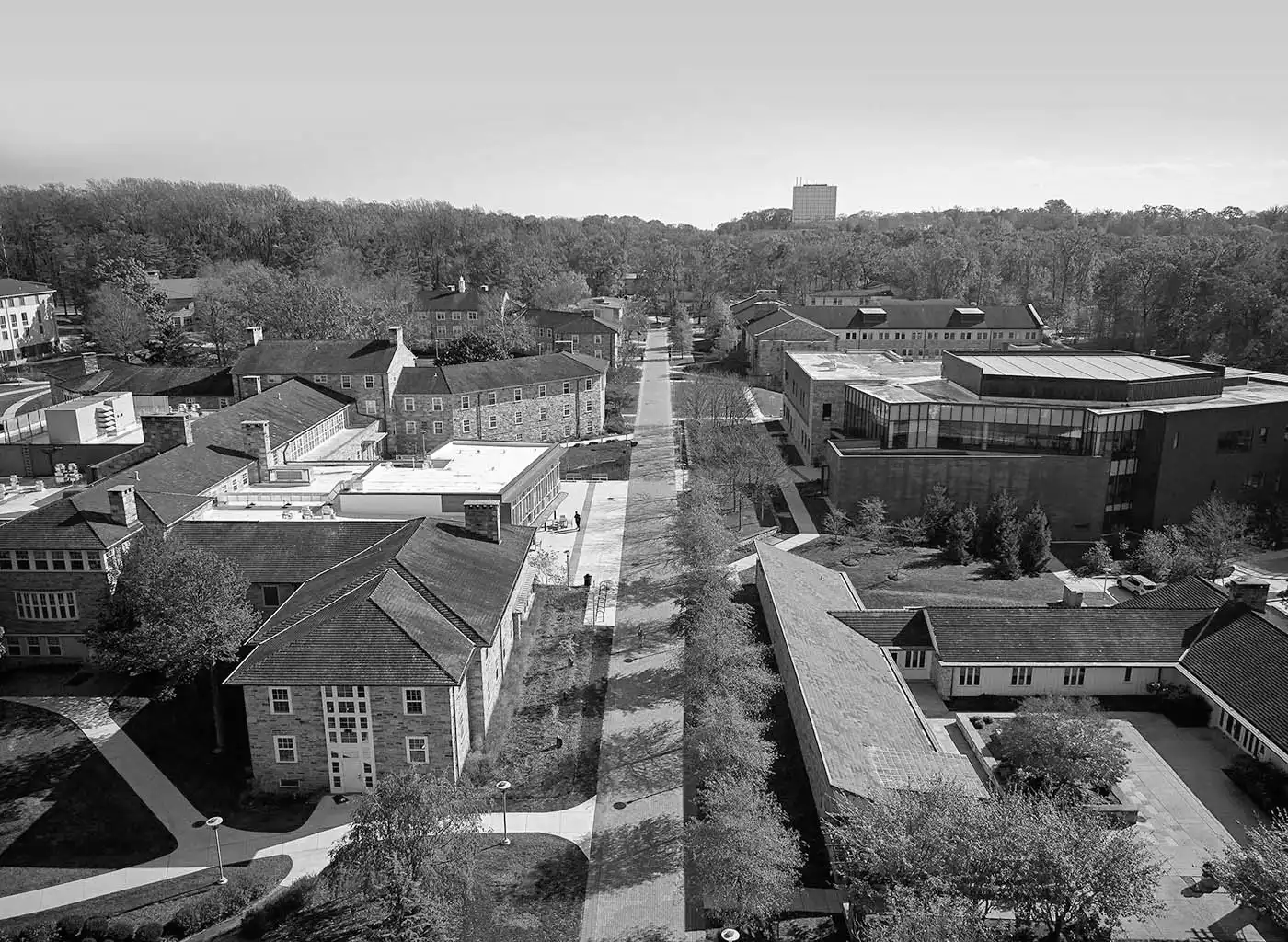At-Risk & Diverse Learners
Meet the needs of every student!
This program focuses on the theory and practice of addressing the needs of an increasingly diverse population of learners in our schools. Particular attention is given to students at high risk for educational difficulty and to equity issues.
Program Options Available for:
- Master of Education degree (36 credits)
- Post Master’s Professional Development Certificate (21 credits)
Degree Program Requirements
Required Courses
ED 601 – Theories of Development: A Lifespan Perspective (3 credits)
ED 602 – The Social and Psychological Forces Affecting Youth (3 credits)
ED 603 – Personality Development and Self-Esteem (3 credits)
ED 604 – Contemporary Issues in Education (3 credits)
ED 605 – Research Methods (3 credits)
ED 606 – Action Research/Special Project (3 credits)
ED 631 – Psychological and Social Characteristics of At-Risk and Diverse Learners (3 credits)
ED 632 – Psychological and Social Characteristics of Resilient Learners (2 credits)
ED 633 – Methods of Teaching At-Risk and Diverse Learners (3 credits)
ED 634A – Special Project Seminar on At-Risk and Diverse Learners (1 credits)
ED 651 – Educating for Character (1.5 credits)
ED 652 – Mediation of Conflict (1.5 credits)
Electives
Select two electives (6 credits)
ED 607 – Prevention Strategies, Classroom Management and Communication (3 credits)
ED 646 – School Law (3 credits)
ED 681 – Curriculum Development for a Multicultural Society (3 credits)
Specialization Standards
- Evaluate differing perspectives of identifying at-risk and diverse children/youth. (knowledge)
- Explain the extent and manner in which biological, psychological, social, and environmental forces affect at-risk and diverse children/youth during developmental periods. (knowledge)
- Explain how to develop environments that prevent children/youth from becoming at risk and help them develop resilience. (knowledge)
- Recognize the psychological and social characteristics of resilient children and youth. (knowledge)
- Correlate the differing perspectives of causality to prevention and intervention programs/strategies for at-risk and diverse students. (knowledge)
- Relate the role of defense mechanisms and coping strategies in controlling student and youth stress. (knowledge)
- Analyze the psychological and social dynamics related to specific at risk student problems. (skills)
- Analyze psychological and social intervention strategies/programs that may help in the development of student resilience in schools. (skills)
- Implement a social skills intervention strategy that can assist in the development of student resilience. (skills)
- Demonstrate techniques/strategies to restructure the classroom environment to meet the needs of at-risk and diverse students. (skills)
